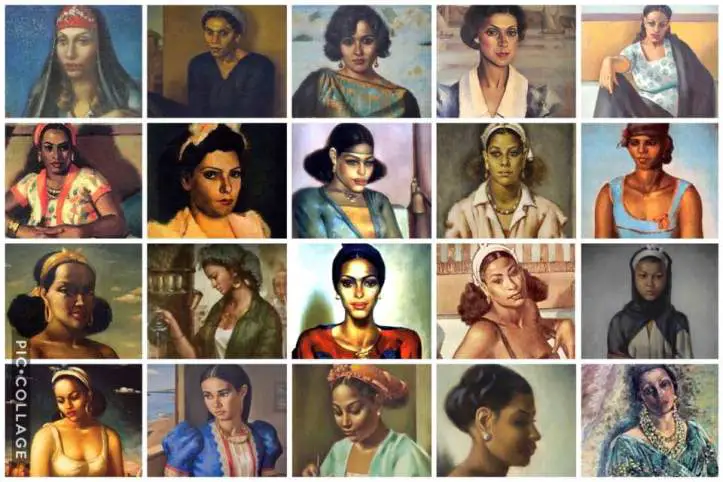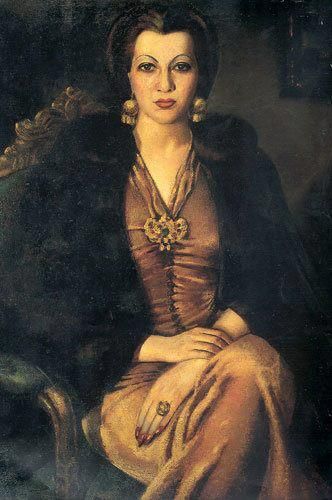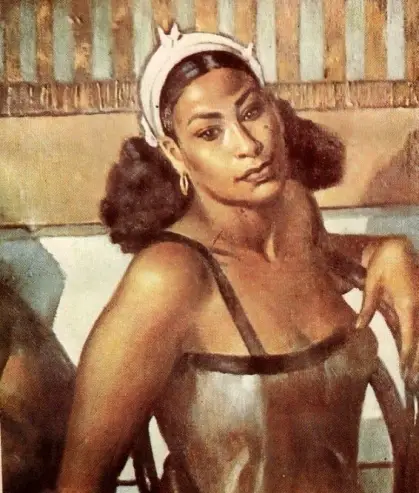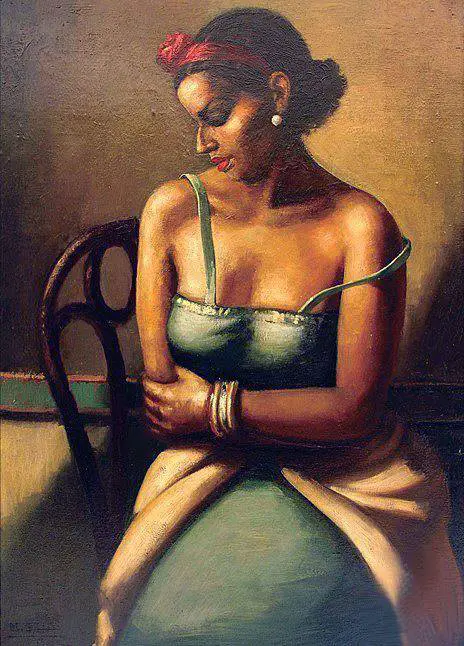Tuesday August 29, 2017

Mahmoud Saïd was born in Alexandria on 8 April 1897, to an affluent aristocratic family. He was the son of Egyptian Prime Minister Mohamed Pacha Said.
He was also the uncle of King Farouk’s first wife, Safinza Zulficar, who became known as Queen Farida of Egypt, reigning between 1938 and 1948.

Said was educated by foreign private tutors and also attend some of the most prestigious schools in Alexandria and Cairo. Said became interested in art in his teens and studied with a local Italian artist, Amelia Casonato da Forno, from whom he learned to paint in an impressionist style. He also studied with another Italian artist, Arturo Zanieri, between 1915 and 1918.

He graduated from the Cairo School of Law in 1919, and in 1920 travelled to Paris, studying drawing at the private Académie Julian. He also took classes at Antoine Bourdelle’s school, L’Académie de la Grande Chaumière.

During his stay in Europe, Saïd visited Spain, Belgium, the Netherlands and Switzerland, discovering masterpieces of Western art in museums, and was also introduced to the Italian masters of the renaissance. This cultural journey shaped and influenced the young artist’s painting style.

Upon his return from Europe, he was appointed assistant judge at the Mixed Courts of Egypt in 1922, first judge in Mansourah in 1927 and in Alexandria in 1937. He stayed in this legal career until he resigned in 1947 at the age of 50.

Though Mahmoud Said never worked as a professional artist, he painted more than 400 painting during his life. Around one in ten of Saïd’s 400-plus paintings depict female nudes.

He portrayed various models in different positions, often characterised by gold-bronze skin and sensuous bodies, and complemented by simple attributes such as headscarves, jewellery, bracelets, anklets, curtains, cushions or sofas.

Although Saïd had his own painting studio (originally on the top floor of the family villa in Ginaclis, Alexandria, where the current Mahmoud Saïd Museum stands), it was in the Alexandria studio of his friend, the Greek artist Aristomenis Angelopoulos (1900-1990), that he gained access to female models.

These models represent the ‘plebeian’ women of Egypt — figures that Saïd regarded as embodying pure and intrinsic Egyptian beauty.
Said died from an asthma attack on his 67th birthday, on April 8, 1964. Until today, he is still respected as one of the fathers of modern Egyptian art. He also represents a particular Alexandrian attitude towards painting that depicted a cosmopolitan Mediterranean community and eschewed the more overt nationalist imagery of its Cairene peers. The strangeness in his works continues to allure and mystify viewers to this day.
Copied from original articles:
10 things to know about Mahmoud Said
Mathaf Encyclopedia of Modern Art and the Arab World
***If you liked this article, subscribe to the magazine and receive our articles in your email.

This article could not have come at a better time for me. I will be visiting Egypt in Sept. Interesting read.
Thank you
LikeLike